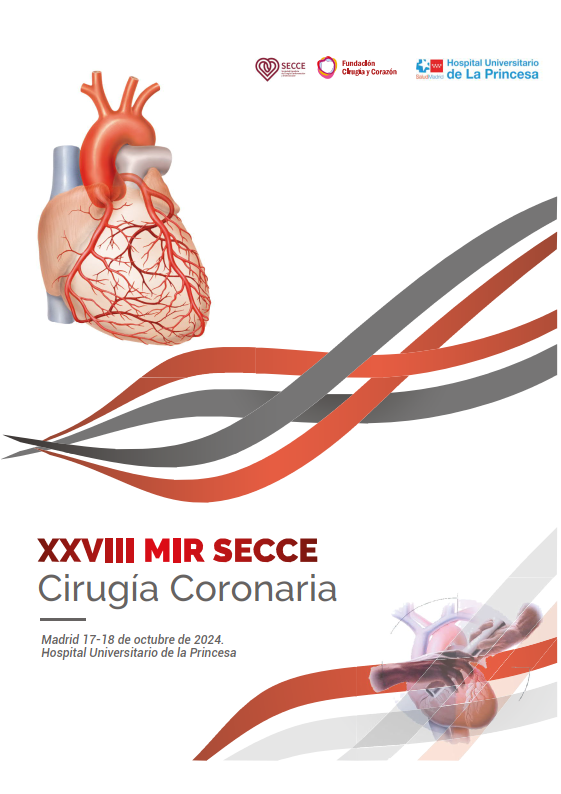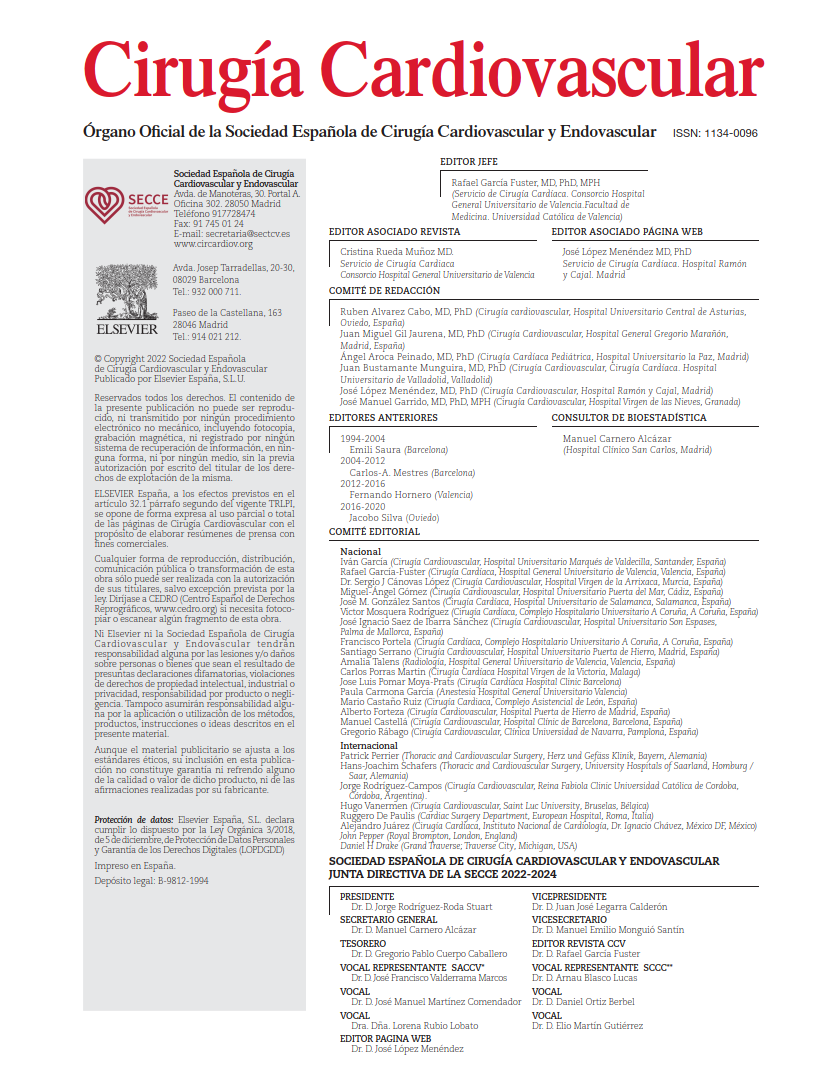Several cardiac pathologies commonly encountered in surgical practice are poorly represented in standard risk models such as EuroSCORE II or STS-PROM. For instance, isolated tricuspid valve procedures, pericardial disease, and urgent or emergent aortic surgery are inadequately weighted in these general-purpose scoring systems. Other clinical scenarios—such as infectious endocarditis or complex combined procedures—are technically included but suffer from insufficient case representation, given that these models were primarily developed using data from patients undergoing elective, standardized operations. A further limitation is their inability to account for advanced organ failure, particularly hepatic dysfunction, which is not well integrated into their risk assessment algorithms.
In previous entries of this blog, we reviewed the GERAADA risk model, which was derived from the German Registry of Acute Aortic Dissection and focused exclusively on outcomes following surgical repair of type A aortic dissections. Initiated in 2020 and led by Martin Czerny, this score demonstrated robust calibration and predictive ability within a surgical environment characterized by high performance, often exceeding the benchmark set by IRAD, traditionally used in this context.
Its growing international adoption has led to multiple comparative studies assessing its predictive performance against other scores. The current meta-analysis directly compares GERAADA with EuroSCORE II, incorporating 11 studies with similar design methodologies. Most analyses were based on single-center experiences, except for two multicenter contributions. The pooled data spanned various geographic regions, including Serbia, China, the United Kingdom, Japan, the United States, Italy, and Germany. Altogether, the analysis included 10360 patients, with a reported mean 30-day mortality of 12.2%.
The overall mortality predicted by the GERAADA score was 18.4%, compared to 5.8% predicted by EuroSCORE II. This resulted in GERAADA demonstrating a moderate discriminatory ability, with an area under the ROC curve (AUC) of 70%, indicating a reasonable capacity to differentiate between high- and low-risk patients, despite a tendency to overestimate mortality. In contrast, EuroSCORE II yielded a similar AUC of 72%, reflecting comparable discrimination, but with a systematic underestimation of surgical risk. However, the calibration—the degree to which predicted outcomes align with observed results—was more accurate in the case of GERAADA, reinforcing its clinical applicability in this setting.
COMMENTARY:
The GERAADA score appears to be a reliable and disease-specific tool for surgical risk stratification in acute type A aortic dissection, particularly useful for classifying patients into low-, intermediate-, and high-risk categories, rather than providing an exact individual mortality prediction.
Indeed, the primary goal of any risk score applied at the bedside is to stratify patient risk to inform clinical decision-making, not to forecast individual outcomes with precision. The true predictive accuracy of any scoring system should be evaluated through studies such as this meta-analysis, which focus on patient groups, population datasets, and clinical series.
The GERAADA registry—on which the score is based—has consistently reported outstanding results, reflecting the surgical quality of the German centers involved. While such high performance might have raised concerns regarding external validity, the studies included in this analysis from diverse healthcare systems reported similarly favorable and comparable outcomes. This strengthens the potential role of GERAADA not only as a stratification tool, but also as a benchmark of excellence in surgical practice. In other words, maintaining institutional outcomes below the GERAADA-predicted risk—despite the model’s modest overestimation of 30-day mortality—can be interpreted as a sign of excellence by international standards.
It is also important to note that the GERAADA score spans a wide risk spectrum, ranging from a predicted mortality of approximately 5% (for a young, low-risk male patient with no score-positive variables) to over 85% in cases accumulating nearly all risk factors. This variability suggests that the results may partly reflect a degree of preoperative patient selection. Nevertheless, across all included experiences, the average GERAADA-predicted risk was 18.4%, with reported study ranges from 14.9% to 28.6%.
In conclusion, the GERAADA score should be integrated into the contemporary decision-making arsenal for type A aortic dissection, alongside new paradigms such as the TEM classification and structured evaluation of malperfusion-related complications. These shifts in clinical approach will be essential to achieve the remarkably low mortality rates—around 12%—reported in this highly complex and life-threatening condition.
REFERENCE:
Gemelli M, Rojanathagoon T, van den Eynde J, Italiano EG, Lena T, Pompeu Sá M, et al. The German Registry of Acute Aortic Dissection Type A score for 30-day mortality prediction in Type A Acute Aortic Dissection surgery: a systematic review and meta-analysis. Eur J Cardiothorac Surg. 2025 May 6;67(5):ezaf138. doi: 10.1093/ejcts/ezaf138.



